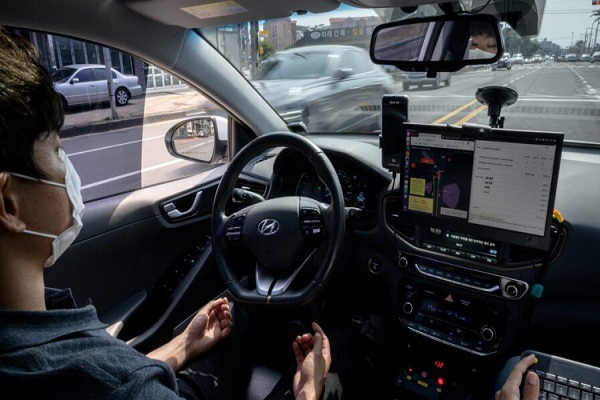You have heard of the Internet of Things (IoT) as well as Artificial Intelligence (AI) – both critically important and powerful technological capabilities individually, expected to unlock oodles of growth potential on a global scale. Then there is the artificial intelligence of things (AIoT).
The convergence of AI and IoT can redefine the way industries, business, and economies functions. AI-enabled IoT creates intelligent machines that simulate smart behavior and supports decision-making with little or no human interference.
In layman’s terms, you can think of internet of things-enabled devices like extensions of a digital nervous system, lighting up and performing functions that have been activated by the brain of the system, artificial intelligence.
What is the convergence of AI & IoT?
To put it simply, IoT devices are when “things” such as wearable devices, refrigerators, digital assistants, sensors, and other equipment are connected to the internet, can be recognized by other devices, and collect and process data. Meanwhile, when a system can complete a set of tasks or learn from data in a way that seems intelligent, it is recognized as AI.
Hence, when AI is added to the IoT, it means that those devices can analyze data and make decisions and act on that data without involvement by humans. Tesla’s self-driving cars are one of the better examples of IoT and AI working in tandem. With the power of AI, self-driving cars predict the behavior of pedestrians and cars in various circumstances. For example, they can determine road conditions, optimal speed, weather, and getting smarter with each trip.
Even in a smart retail environment, a camera system equipped with computer vision capabilities can use facial recognition to identify customers when they walk through the door. The system gathers intel about customers, analyzes the data to accurately predict consumer behavior, and then uses that information to make decisions about store operations from marketing to product placement and other decisions.
Smart cameras could identify shoppers and allow them to skip the checkout like what happens in the Amazon Go store. AIoT is applicable for smart cities as well, including traffic monitoring by drones. If traffic can be monitored in real-time and adjustments to the traffic flow can be made, congestion can be reduced.
The ET City Brain, a product of Alibaba Cloud, optimizes the use of urban resources by using AIoT. This system can detect accidents, illegal parking, and can change traffic lights to help ambulances get to patients who need assistance faster.
Practical applications of AIoT
Global logistics company DHL aims to build 10,000 IoT-enabled truck transportation vehicles BY 2028. It says AIoT has reduced 50% of their transit time with 90% reliability of real-time tracking.
DHL leverages the innovative IoT solutions along with artificial intelligence through Smart Trucking operations teams using an agile model where it streamlines the businesses by creating a transportation model that decreases the fatigue among the drivers, and helps them to spend less time on the road, and provide a better work-life balance.
Walmart – the largest retail chain in North America with more than 11,000 brick and mortar outlets, with nearly as many online stores these days. It was possible to pull it off effortlessly with the help of AI and machine learning (ML) integrated with the Internet of Things. Facial recognition software, voice-based search by Google Assistant, and cross-technology solutions have made this retail industry scale up to higher revenues for several years.
The first airport to make use of AI, the IoT and cross-technology networking to monitor every tiny detail of travel to provide the passengers with informed data was the London City Airport. Cabin crew can track the whereabouts of the passengers, boarding queue traffic, gate information, track baggage, all through IoT devices.
By 2025, there are projected to be 42 billion IoT-connected devices globally. It’s only natural that as these device numbers grow, the swaths of data will too. That’s where AI steps in—lending its learning capabilities to the connectivity of the IoT.
Source: techwireasia










